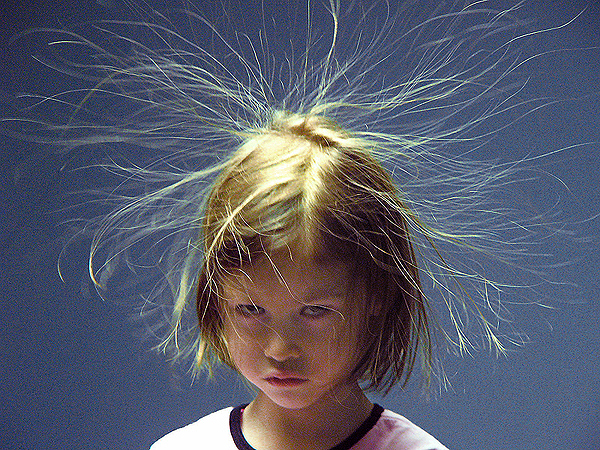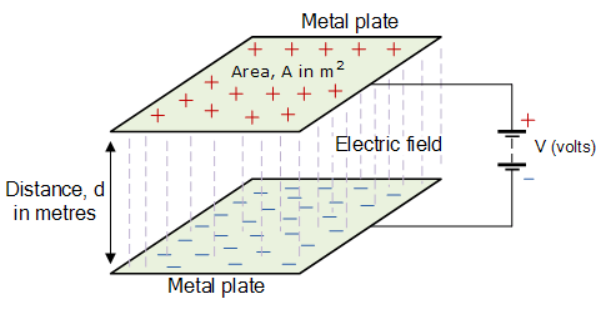Music-Nov2025
Music therapy — the clinical use of music to accomplish individualized goals — has been shown to offer a wide range of physical, emotional, cognitive, and social benefits in healing and overall well-being. Here’s a summary of its major benefits, supported by research and clinical practice:🎵 1. Emotional and Psychological Healing💗 2. Physical Healing and Pain Management🧠 3. Cognitive and Neurological Benefits🤝 4. Social and Interpersonal Benefits🪶 5. Spiritual and Existential Healing🩺 In Clinical Practice
- Reduces anxiety and stress: Listening to or creating music lowers cortisol levels and activates relaxation responses.
- Improves mood: Music can increase dopamine and serotonin, helping alleviate symptoms of depression.
- Emotional expression: Music provides a safe outlet for expressing feelings that may be hard to verbalize, especially after trauma or grief.
- Supports trauma recovery: Rhythm and melody can regulate emotional states and promote a sense of safety and connection.
- Pain reduction: Music can divert attention away from pain, lower pain perception, and reduce the need for analgesic medication.
- Improves heart rate and blood pressure: Slow, soothing music helps stabilize vital signs and promotes relaxation.
- Enhances motor recovery: In neurological rehabilitation (e.g., stroke, Parkinson’s), rhythmic auditory stimulation helps improve movement coordination and gait.
- Boosts immunity: Music may enhance immune function by lowering stress-related hormones and increasing immunoglobulin A.
- Stimulates brain activity: Music engages multiple brain areas—especially those linked to memory, attention, and emotion.
- Improves memory and cognition: Especially in Alzheimer’s or dementia care, familiar songs can evoke memories and enhance orientation.
- Supports speech recovery: Melodic intonation therapy (singing phrases) helps patients with aphasia regain language skills.
- Encourages social bonding: Group drumming, singing, or improvisation fosters connection and trust.
- Improves communication skills: Especially beneficial for children with autism, music supports nonverbal communication and social interaction.
- Builds a sense of community: Shared musical experiences can reduce isolation and promote belonging.
- Facilitates meaning-making: Music can evoke reflection, transcendence, and connection to something greater than oneself.
- Comfort at end of life: Hospice music therapy helps patients and families find peace, closure, and dignity in the dying process.
Music therapy is used in hospitals, rehabilitation centers, mental health clinics, nursing homes, and schools. Techniques include:
- Guided music listening
- Songwriting
- Lyric analysis
- Improvisation
- Movement to music
- Singing or instrument playing
🎵
Listening to music can stimulate the release of dopamine, the “feel-good” neurotransmitter linked to pleasure and reward, and serotonin, which helps regulate mood, sleep, and emotions. This biochemical boost can help reduce symptoms of depression and anxiety, at least temporarily.
In fact, several studies have shown that:
- Pleasurable music activates the brain’s reward system (including the nucleus accumbens), increasing dopamine levels.
- Relaxing or uplifting music can elevate serotonin and lower stress hormones like cortisol.
- Music therapy—especially active forms like singing or playing instruments—can improve mood, motivation, and social connection in people with depression.
living-and-money.com, under the theme “Physical Healing and Pain Management.”
🌿 Physical Healing & Pain ManagementReclaim Balance, Strength, and Comfort
Healing is more than recovery — it’s the art of helping your body regain its natural rhythm. Whether you’re managing chronic pain, recovering from injury, or seeking natural ways to stay active and pain-free, understanding how your body heals is essential.💪 Key Topics We Explore1. Holistic Healing
Discover integrative approaches that combine traditional medicine, physical therapy, nutrition, and mindfulness to accelerate recovery.2. Natural Pain Relief
From herbal remedies and essential oils to acupuncture and massage therapy — explore effective, natural ways to reduce pain without overreliance on medication.3. Physical Therapy & Movement
Gentle exercise, stretching routines, and posture correction techniques to support joint health, flexibility, and long-term comfort.4. Mind–Body Connection
Learn how meditation, breathing, and mental focus can influence your body’s pain response and speed up healing.5. Lifestyle Support
Sleep, hydration, diet, and stress management — the foundations of a pain-free, energized life.🌸 Featured Guides✨ Our Philosophy
- “Top 10 Natural Ways to Relieve Chronic Pain”
- “Understanding Inflammation: The Body’s Healing Signal”
- “Yoga and Stretching for Everyday Relief”
- “Foods That Help (and Hurt) Physical Recovery”
At Living & Money, we believe true wellness integrates both physical health and personal balance. Healing the body supports the mind — and a strong, pain-free body empowers every area of life.
“The body’s healing signal” refers to the natural signs or responses your body gives to indicate that it’s in the process of repairing, restoring, or rebalancing itself. These signals often feel uncomfortable, so people sometimes mistake them for something wrong, when in fact they’re often signs that the body is working to heal.
Here’s a breakdown of what that can mean in different contexts:🩸 Physical Healing Signals
When the body repairs tissue, fights infection, or recovers from stress or injury, it produces certain signs:🧘♀️ Emotional Healing Signals
- Inflammation: Redness, warmth, or swelling means increased blood flow and immune activity in the area — the body is sending nutrients and repair cells.
- Fatigue or need for rest: Your energy is being redirected toward repair and immune function.
- Mild pain or soreness: Often from tissue rebuilding, detoxification, or nerve regeneration.
- Fever or sweating: The immune system is activating to eliminate pathogens or toxins.
Emotional healing also has body-level indicators:🌿 Energetic or Holistic View
- Tears or emotional release: The nervous system is discharging built-up tension or grief.
- Feeling vulnerable or tired: The body is shifting from a “fight or flight” state into “rest and repair.”
- Sudden calm after emotional turmoil: A sign of regulation returning to the nervous system.
In holistic or mind-body traditions, the “healing signal” can be seen as a message from the body — urging you to slow down, rest, hydrate, change habits, or process emotions.
It’s your body’s way of saying:
“I’m doing the work — please support me, not fight me.”
💡 In Short
“The body’s healing signal” is the body’s way of communicating that recovery and repair are underway — often through symptoms that invite you to rest, nourish, and trust the process.
Emotional wellbeing refers to how you understand, manage, and express your emotions in healthy and balanced ways. It’s about maintaining a positive sense of self, building resilience, and forming meaningful relationships — even when life brings stress or challenges.
Here are a few key components of emotional wellbeing:
- Self-awareness – Recognizing your emotions and understanding how they influence your thoughts and behavior.
- Emotional regulation – Managing feelings like anger, sadness, or anxiety constructively rather than suppressing or ignoring them.
- Resilience – Bouncing back from setbacks, adapting to change, and maintaining hope in difficult times.
- Positive relationships – Building supportive, empathetic connections with others that nurture mutual trust and belonging.
- Purpose and meaning – Feeling that your life has direction and value, whether through work, relationships, spirituality, or creativity.
- Work-life balance – Making time for rest, hobbies, and self-care alongside responsibilities.
“Spiritual and Existential Healing” can refer to both a philosophical concept and a practical approach to wellbeing. 🌿 Definition
Spiritual and Existential Healing is the process of finding peace, meaning, and inner harmony by addressing the deeper questions of existence — Who am I? Why am I here? What gives my life meaning? — while healing emotional and spiritual wounds that may cause suffering or disconnection.✨ Core Dimensions🌌 Common Practices💫 Goals of Spiritual & Existential Healing
- Connection to the Self Rediscovering authenticity and purpose. Cultivating mindfulness and self-awareness.
- Connection to Others Healing through compassion, forgiveness, and community. Understanding one’s place in relationships and society.
- Connection to the Divine / the Universe Engaging with spirituality, faith, or a sense of universal consciousness. Practices like prayer, meditation, or energy healing.
- Acceptance of Existence Making peace with impermanence, mortality, and uncertainty. Finding beauty and meaning in life’s challenges.
- Meditation and breathwork
- Contemplative journaling
- Spiritual counseling or direction
- Nature immersion and mindfulness walks
- Rituals and energy healing (Reiki, sound baths, etc.)
- Reading or studying spiritual philosophy
- Restoring inner peace and purpose
- Reducing fear of death or meaninglessness
- Resolving identity or faith crises
- Cultivating gratitude and compassion
- Living in alignment with one’s deepest values








